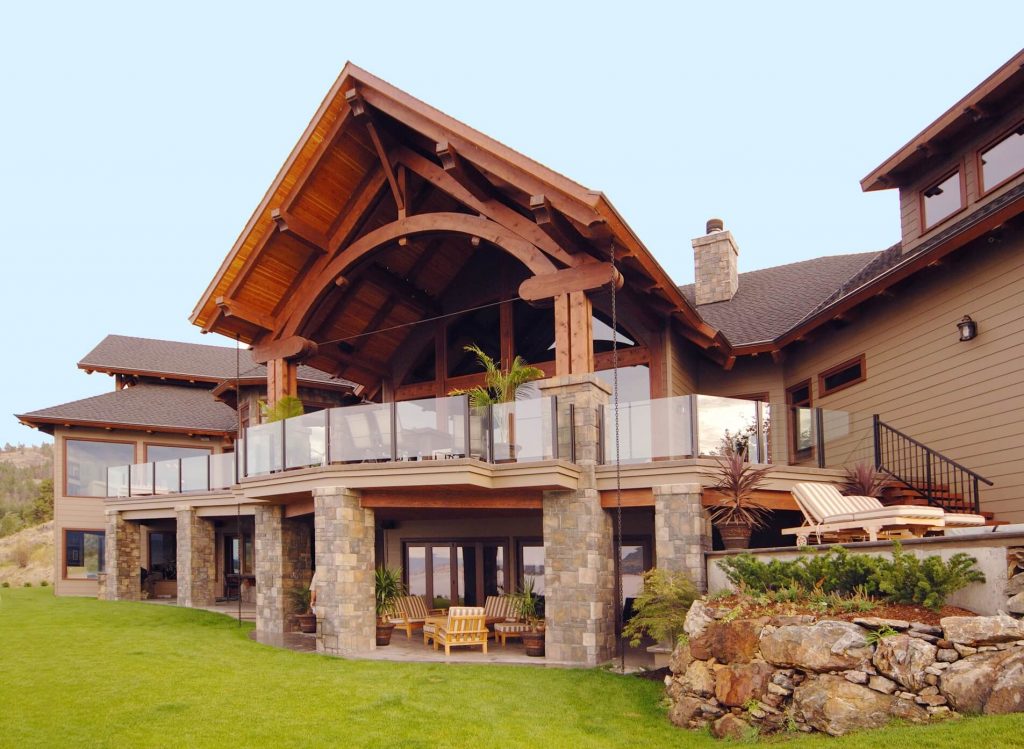There is a systematic way to validate concepts in modern society. Do you ever really love a pop song when you first hear it on the radio? Does it take a couple of unavoidable listens to condition your opinion? We are flooded with subliminal messaging from the moment we wake up to the moment we go to bed. If higher education has taught me anything, I have a responsibility to think for myself.

I know I am not contributing in the best ways when I am on autopilot. There is a certain level of achievement that can only be accomplished by being very intentional with your thoughts and actions. That’s why I have started to pay more attention to the psychology behind the impact your environment has on your mind and body.
A good way to create an intentional space is to construct it using the design-build method. When the designer of the home is also the builder of the home you cut out the extra cost and wasted communication time while improving the overall quality.\

Designing homes around how people really live is the ultimate life philosophy. Know your intention for the look of the house before building. If you want your home to feel rustic, have that in mind throughout the build. Instead of capping your structure after it has been built with timber, have the bones of the home reveal themselves. This way the home itself is an art piece. You also cut out the extra materials, scheduling, and waste.
“When a work lifts your spirits and inspires bold and noble thoughts in you, do not look for any other standard to judge by: the work is good, the product of a bold and noble craftsman.”
– Jean de la Bruyere
When the structure of the house is a masterpiece, there is less inclination to busy the walls with distractions.
Natural Elements Proven to Please
Architecture has profound implications for human health and behavior. Terry A. Hartig, Ph.D., MPH, is one psychologist who conceptualizes that nature has the ability to help people recover from “normal psychological wear and tear” of our modern lifestyles. Joseph B. Juhasz, Ph.D., president-elect of APA’s Div. 34 (Population and Environmental), agrees. In fact, he believes that one explanation for the current epidemic of depression lies in the universal experience of uprootedness and alienation fostered by the environments in which we live.
Bringing natural elements such as timber framing into our homes can help diminish these negative psychological outcomes. Creating abstracted ceilings to mimic tree canopies out of timber frames can mimic the effects of branch-like forms overhead thus producing the same responses from people as if it were nature itself.
Simplicity Was Born From Necessity
The layers of our lives make us textured complex beings, but there is some authenticity in wanting an environment that leaves all that at the door. Keeping stress at bay starts with how we move about our living quarters. There shouldn’t be this esoteric notion of figuring out happiness, usually using less promotes ease.
Decluttering your closet makes that environment tidier and easier to clean. Intentionally choosing the materials that you truly value rather than having a plethora will help reduce stress, boost creativity, and preserve the traditions that you want to transmit for yourself and future generations. The consumption patterns of our modern society were not born out of necessity, rather excess.
However, building the American Dream can sprout from tradition instead of being bogged down by non-essentials. In my opinion, the need to simplify for the sake of mental stability and freedom is far more essential to my well-being than the benefits of consuming for the sake of keeping up with the Joneses. You can still create environments built on that so-called “American Dream” instead of what that concept has turned into today.
Choosing Meaning
When you receive a thoughtful gift from someone you love, that gift’s value exponentially rises. It is much easier to give someone a gift that society says they might love than to actually listen to someone and give them a gift that shows that you truly care. A gift that someone hand-picked for me means more than one hundred gifts.
I think this standard is a helpful metaphor for creating worthwhile living-environments. Thinking this way will provide meaningful intentions and less impulse-driven actions when choosing what goes into your personal environment. This will ultimately produce a greater return on your own meaning in life.
Creating a minimalist space can mean something different for everyone. After all, intentions are completely unique and personalized. Picking out materials that produce psychological benefits for you and your family can help guide the way to creating a minimalist living environment. A home should make you feel as detached from stress as possible and veer towards simplicity and ease.
Keep Reading:–

